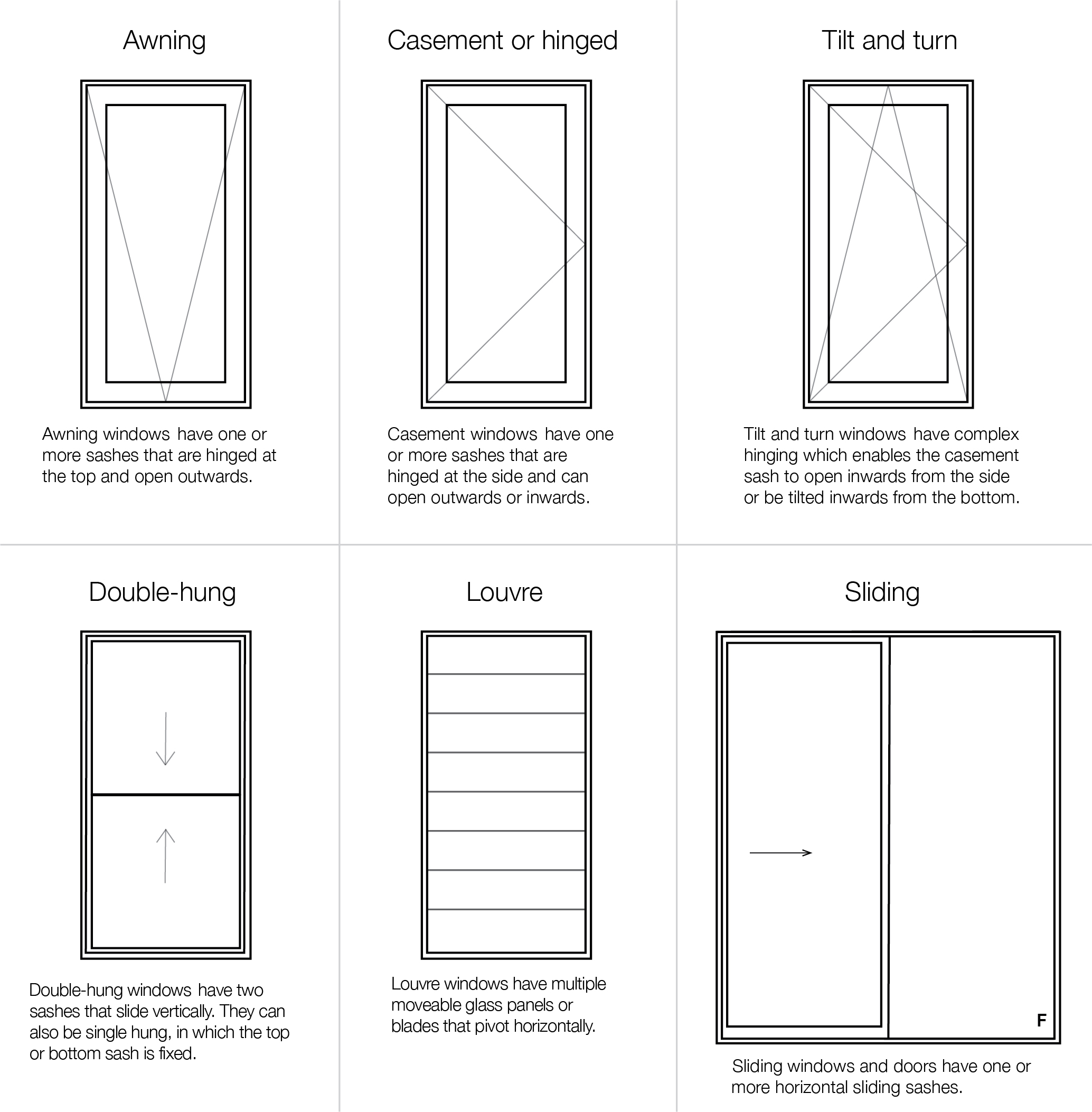All Categories
Featured
Table of Contents
Keeping Your House Cool In The Summer in Merriwa Western Australia
That window can send more solar heat in winter than in summer season. A west-facing window on a summer season's afternoon has an angle of incidence from near 0 approximately 30 with a large efficient area of solar radiation. A north-facing window, in summer season, has a high angle of incidence and a low efficient area of solar radiation, so can send less heat than a west-facing one.

You can rapidly and easily improve the thermal efficiency of your house by replacing your windows. There are thousands of types of glass and frames to pick from.
How To Retrofit Your Windows With Double Glazing, And Keep ... in Wattleup Western Australia
There are various kinds of glass items to select from. Single glazing utilizes a single pane of glass. Single glazing with clear glass is not extremely efficient when it comes to heat loss or gain. To enhance performance, you can utilize single glazing with a more energy-efficient type of glass such as low emissivity (low-e) glass.
Numerous layers can be put together with sealed cavities in between each sheet of glass. IGUs generally offer better energy efficiency than single glazing, because they transfer less energy. The energy efficiency of IGUs likewise depends on: the homes of each layer of glass. Different glass types (for example, clear and low-e glass) can be created in an IGU.
Double Glazing - Albury - Twin Cities Glass in Canning Vale WA

IGU cavities can be filled with air or a more inert, low-conductivity gas such as argon the width of the cavity. Cavity thickness is usually 6 to 18mm. Wider cavities provide lower (much better) U worths, with 12mm typically accepted as the favored gap how well the cavity is sealed. Cavities need to be dry and well sealed to avoid wetness getting in.
If argon is installed to the cavity in place of air, wetness is dependably omitted the level of desiccant (drying agent). The spacer (metal or polymer strip) that separates the glass layers consists of a desiccant to soak up any moisture. Inadequate desiccant might trigger wetness to condense on the glass surface area in cold conditions, lowering thermal performance.
Double Glazed Windows in Jandakot Western Australia
IGUs can deliver much better energy performance for all climates, especially in heated and air-conditioned homes. Cross-section detail of single, double and triple-glazing units Low emissivity glass (typically called low-e glass) minimizes heat transfer. Low-e glass may be either high or low transmission: High transmission low-e glass has a finishing that enables daylight from the sun to pass into your house to accomplish great solar heat gain, however decreases the quantity of the long wavelength infrared heat that can escape back through the window.
Low-e glass has either a pyrolytic coating or a vacuum-deposited thin film metal finish. Pyrolytic coverings are long lasting and can be utilized for any glazing; vacuum-deposited finishings are soft and are only used within IGUs. Low-e coverings can substantially enhance both U worth and SHGC; however, they need to be used correctly or they will either deteriorate or stop working to carry out as required.
Double Glazed Windows: A Complete Guide in Leederville WA
Low-e finishings can be used in mix with clear, toned or reflective glass. Low-e coatings on glazing can reduce heat transfer where needed Photo: Department of Industry, Science, Energy and Resources Toned glass has actually colouring additives included throughout manufacture. It is available in various colours, typically bronze, grey, blue and green.
Table of Contents
Latest Posts
The Surprising Benefits Of Double Glazing In The Summer ... in Dalkeith Western Australia
Why Install Stunning Double Glazing Windows During Summer? in Glendalough WA
Double Glazing Windows in Osborne Park Perth
More
Latest Posts
The Surprising Benefits Of Double Glazing In The Summer ... in Dalkeith Western Australia
Why Install Stunning Double Glazing Windows During Summer? in Glendalough WA
Double Glazing Windows in Osborne Park Perth